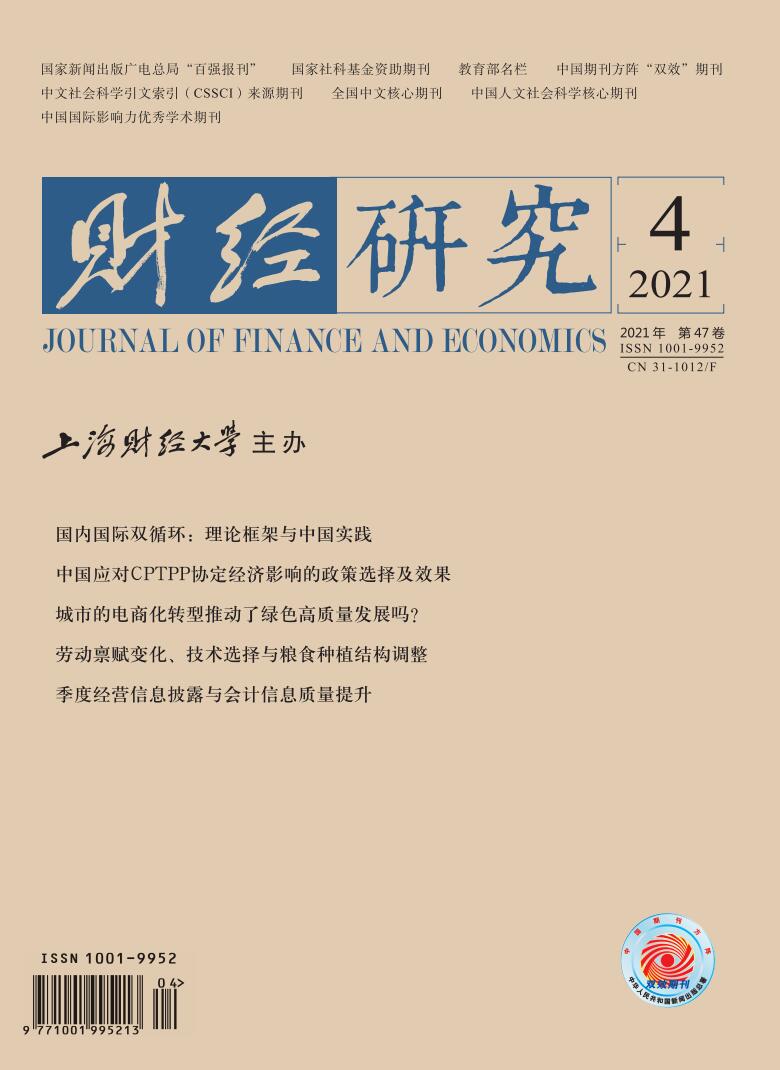Since the central government implemented the “four-trillion” fiscal stimulus plan in 2008, the implicit debt problem of local governments has increasingly become an important factor affecting macroeconomic stability and economic development. Despite the increasingly stringent restrictions of the central government, local governments still borrow in various ways via Local Government Financing Vehicles (LGFVs), resulting in the continuous expansion of implicit debt. The disorderly expansion of local implicit debt may not only induce “gray rhino” systemic financial risks in the short term, but also worsen the efficiency of resource allocation, “crowd out” the financing and investment of manufacturing companies, and weaken the long-term economic growth of China. Compared with the existing literature, this paper focuses on another important but neglected economic impact of implicit debt expansion: the inhibitory effect on corporate R&D activities and output. In the face of the continuous expansion of the scale of implicit debt and the decline in the growth rate of corporate R&D activities, many observers of the Chinese economy have such questions: Will excessively high levels of local debt inhibit micro-enterprises’ innovation? What is the underlying mechanism of this effect? These are the questions that this paper seeks to answer.
Based on the data of non-financial listed companies from 2008 to 2017 and the hand-collected data on the implicit debt of local governments, this paper studies the impact of implicit debt levels of local governments on micro-enterprises’ R&D investment and patent applications. The empirical results show that the level of implicit debt in cities has a significant “inhibitory effect” on the patent applications of local companies, and leads to the reduction of internal R&D expenses. This shows that implicit debt is “squeezing” in both R&D input and output dimensions. Next, we perform the mechanism analysis and find that the reduction of government R&D subsidies and long-term external borrowing are the potential mechanisms. Finally, this paper also conducts a heterogeneity analysis and a robustness test on the main empirical results, and finds that the “crowding-out effect” of implicit debt is mainly reflected in the samples of high-budget constrained companies, state-owned companies and listed companies in non-first-tier cities.
This paper demonstrates that the expansion of local government implicit debt may weaken the long-term economic growth momentum of China. To deal with this problem, this paper suggests that: Firstly, a well-functioned municipal bond market with Chinese characteristics should be established as soon as possible, and its risk to the level of return, thus avoiding the “squeeze-out” effect. Secondly, local governments should gradually strip off the debt financing function of LGFVs, and try to transform them into an institution focusing on long-term strategic investment (referring to the Temasek company in Singapore) to help the long-term development of the local economy. Finally, local governments need to establish institutional R&D funds to support the long-term fundamental R&D activities of companies.






 7494
7494  6998
6998

